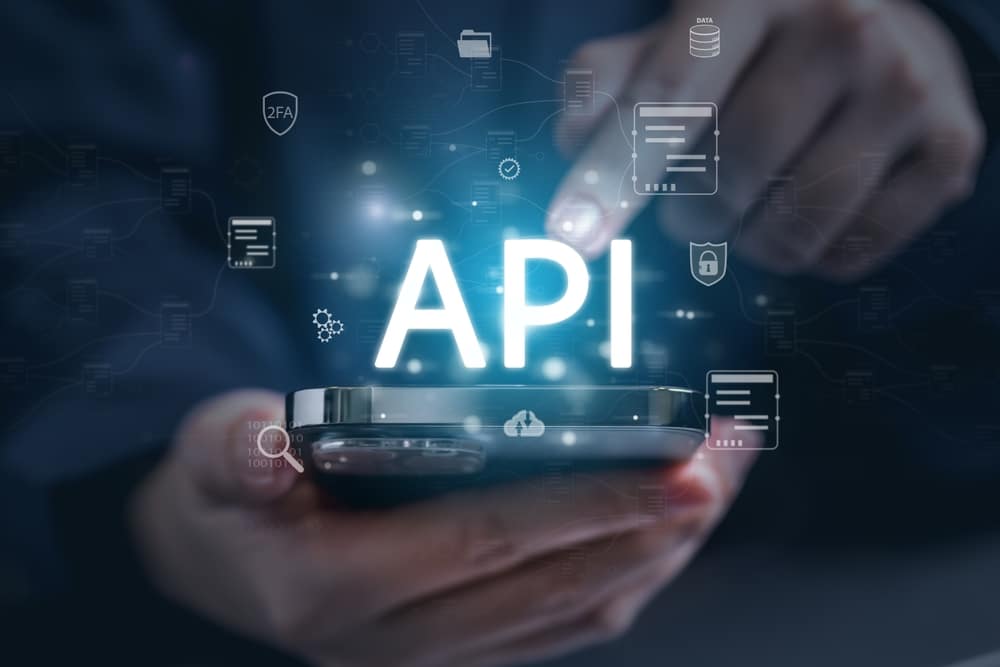In the age of digital connectivity, application programming interfaces (APIs) are the linchpins that bring together different software components and allow them to communicate seamlessly.
They function as the bridges between distinct entities, enabling them to work in harmony. One such powerful API that has made waves in the world of social media is the Instagram API. This blog post aims to provide an in-depth understanding of the Instagram API, its technical structure, features, scalability, performance, and its successful applications.
Technical insights: Examining the technical architecture underpinning Instagram API
The Instagram API, like other APIs, acts as the intermediary that enables third-party applications to interact with the Instagram platform. It follows the principles of REST (Representational State Transfer), making it stateless and thus easier to manage. The API is built upon HTTP and uses standard methods like GET, POST, and DELETE for data communication.
The Instagram API comprises various endpoints, each representing a specific type of data – such as users, media, comments, relationships, and tags. These endpoints are accessed via specific URLs, with the data returned in JSON format. This consistency in structure and data representation makes the Instagram API relatively simple to work with, even for developers who may not have previous experience with APIs.
However, it’s not just the simplicity that makes the Instagram API stand out. The API is designed with robust security measures to ensure the safety of user data. OAuth 2.0 protocol is used for authentication, providing a secure method for third-party applications to access Instagram data without needing to store user passwords. This layer of security, coupled with the API’s scalability and rich feature set, makes it an optimal choice for integrating Instagram functionality into other applications.
Feature spotlight: Unveiling hidden gems and lesser-known functions in Instagram API
The power of the Instagram API lies in its wide range of features. Beyond the basic functionality of retrieving user profiles, photos, and comments, there are many lesser-known functions that can greatly enhance the potential of any application integrated with Instagram.
For instance, the Instagram API is equipped with comprehensive search functionality. Developers can use the API to search for posts based on specific hashtags or locations, making it an excellent tool for social listening or brand monitoring. Additionally, the API provides an Insights endpoint, which allows businesses to access detailed analytics about their Instagram performance – including follower demographics, post reach, impressions, and more.
The Instagram API also offers a Comment Moderation endpoint. This feature enables businesses to manage and moderate comments on their posts, providing a useful tool for maintaining a positive and respectful community on their Instagram page. By leveraging these and other lesser-known API features, developers can create more refined, interactive, and engaging applications that truly tap into the potential of the Instagram platform.
Scalability and performance: Optimising your application for a seamless Instagram API experience
To maximise the benefits of the Instagram API, it is crucial to consider scalability and performance. As your application grows, it needs to handle increasing amounts of data and user requests without compromising on speed or functionality. Fortunately, the Instagram API is designed with scalability in mind.
The Instagram API uses rate limiting to ensure fair usage and maintain its performance. While this might initially seem restrictive, it actually encourages developers to write efficient code and use resources optimally. By understanding and adhering to these rate limits, developers can ensure their applications remain fast, reliable, and responsive even as they scale.
Moreover, the Instagram API provides several techniques to optimize performance. For instance, pagination is used to limit the amount of data returned in a single request, thus reducing bandwidth and improving response times. Developers can also use conditional GET requests to only retrieve data that has changed since the last request, saving valuable resources.
Case studies: Success stories of applications flourishing with Instagram API integration
To illustrate the power of the Instagram API, let’s look at some real-life success stories. A popular example is Hootsuite, a social media management platform that uses the Instagram API to enable users to schedule posts, monitor comments, and analyse performance – all from a single dashboard. By leveraging the API’s features, Hootsuite has been able to provide a comprehensive and seamless social media management solution for businesses.
Another success story is Iconosquare, an Instagram analytics and marketing tool. Using the Instagram API, Iconosquare provides in-depth analytics, competitor benchmarking, comment tracking, and more to help businesses optimize their Instagram strategy.
These are just a few examples of the many applications that have leveraged the power of the Instagram API to enhance their functionality and provide unique value to their users. The Instagram API’s robust architecture, rich feature set, and scalability make it an invaluable tool for developers looking to extend their applications’ capabilities and tap into the vast user base of Instagram.
In conclusion, the Instagram API serves as a powerful bridge, connecting applications to the dynamic world of Instagram. Whether you are building a social media management tool, a marketing analytics platform, or simply wish to incorporate Instagram features into your application, the Instagram API offers a wealth of possibilities. Start building your bridge today!





